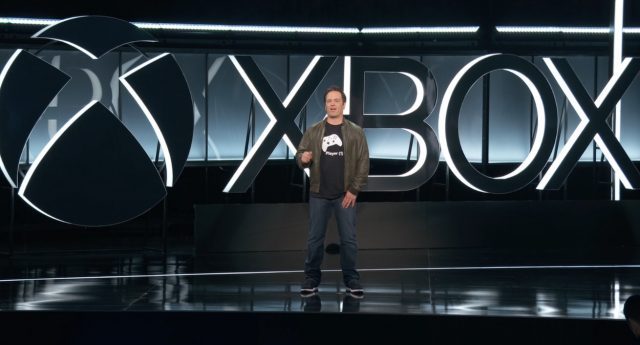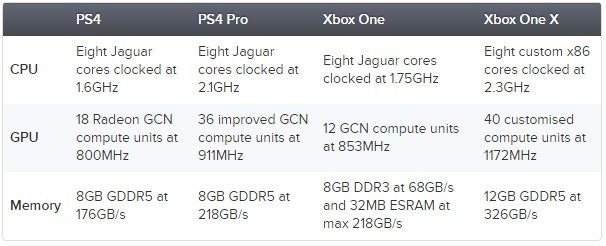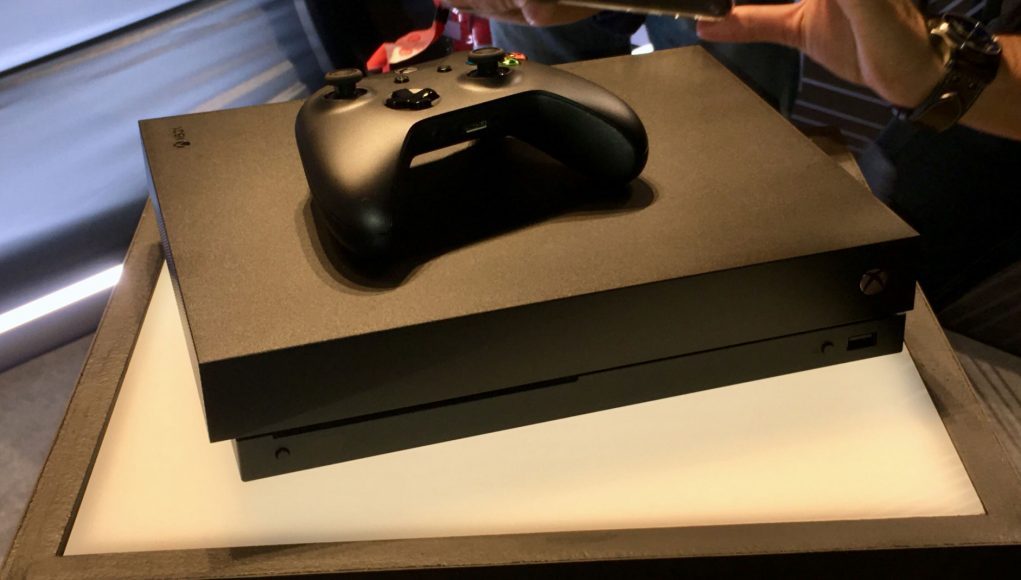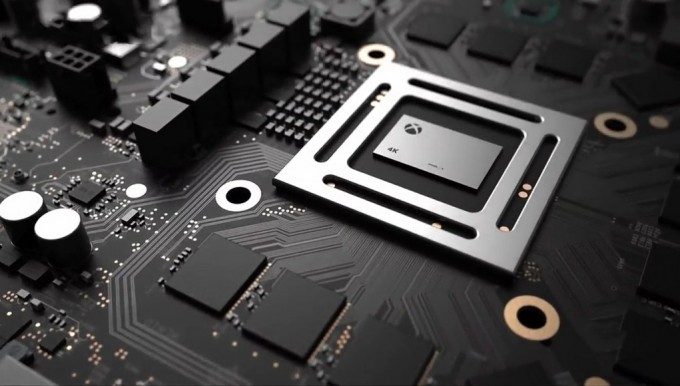Microsoft’s Xbox briefing has come and gone and no sign of the originally touted “high fidelity VR” we were hoping for from the newly christened Xbox One X. Nevertheless, here’s what we know about Xbox One X virtual reality support so far.
E3 2017’s Xbox briefing was a masterclass in console gaming hype-building – in the best possible sense of the phrase. With the Xbox One X name reveal and launch date out of the way, Microsoft rolled out game after game to demonstrate what this 4k powerhouse is capable of. So many traditional games in fact, that there was no room at all for VR.
 There are at least two ways to view the absence of VR for Xbox One X at E3 this year, and what it might mean. The first is that, knowing their core audience and the sheer amount of games they had to show, Microsoft decided to focus on just the games and the power of Xbox One X – keeping the message clear and clean. The second is that, they simply didn’t have anything virtual reality to show at all or that what they did have couldn’t stand up to the level of polish on show elsewhere.
There are at least two ways to view the absence of VR for Xbox One X at E3 this year, and what it might mean. The first is that, knowing their core audience and the sheer amount of games they had to show, Microsoft decided to focus on just the games and the power of Xbox One X – keeping the message clear and clean. The second is that, they simply didn’t have anything virtual reality to show at all or that what they did have couldn’t stand up to the level of polish on show elsewhere.
In truth, it’s almost certainly a mixture of both and, despite our obvious disappointment not to at least get a teaser of sorts for the kind of VR we could expect on Xbox One X, I have to agree it may have been the best move possible for the Xbox team.
Nevertheless, we are a VR site, so we thought we’d hoover up all we know about about what to expect in terms of immersive entertainment on the $499 console, due this November 7th.
Will Xbox One X Support VR?
First up is the question of whether Microsoft will utilise Xbox One X for VR gaming at all. Despite the lack of any mention at the briefing of virtual reality, Microsoft have – from the beginning – been on record that VR is coming.
For starters we have the original unveiling of the Project Scorpio project, all the way back at E3 2016, MS was keen to tie the new hardware’s power with Head of Xbox’s Phil Spencer stating during their briefing: “When it ships next year, Project Scorpio will be our most powerful console ever built, specifically to lead the industry into a future in which true 4K gaming and high-fidelity VR are the standard, not an exception.” Not only that but during the presentation, blockbuster Bethesda franchises Fallout 4 and Doom were announced as coming to the console after launch in VR form.
Following E3 2016, Microsoft have spent the intervening 12 months gearing itself up for its own virtual reality offering for Windows which eventually took the form of its so called ‘Mixed Reality’ headset lineup, as designed and built by its partner OEMs. The VR systems would of course run on Windows 10 and utilise the Mixed Reality platform (ex Windows Holographic), a suite of integrated APIs first mentioned during the unveiling of the company’s augmented reality visor HoloLens. Microsoft was clearly taking immersive technology seriously.
Early in 2017 however, Microsoft made the confusing and worrying move of adjusting some key wording relating to Xbox Scorpio on it’s website. The term “hi-fidelity VR” was removed entirely leaving any mention of virtual reality in relation to the system lacking. However, after the change noted by the NeoGaf forum kicked up some fuss, Microsoft issues an official statement reassuring us that VR will happen.
Does Xbox One X Have the Power for VR?
This one’s easy to answer on the face of it. By definition, the PlayStation 4 console (let alone its Pro version), the base hardware host for PSVR, can provide some pretty stellar VR experiences, albeit with some assistance from it’s companion breakout hardware and some nifty re-projection.
No one would claim that PSVR, for the most part, manages to match the term “high fidelity VR”. But with so much more power under the hood in Xbox One X, power that (so MS bullishly claim) can deliver a full, native 4k (3840×2160 resolution) gaming experience at 60 Hz (i.e. Forza 7), it’s plain to see that the system could give it a pretty good shot. Of course, a lot would depend on the target VR hardware – most specifically the resolution of the displays. PSVR runs a single OLED 1080p panel running at ‘up to’ 120Hz whereas both the HTC Vive and Oculus Rift run dual 1080×1200 OLED panels driven at 90Hz.
Digital Foundry, who were given unprecedented early access to information about Xbox One X back in April detailed the system’s specifications, stating specifically that the hardware sports “a 6TF Radeon GPU [a rough equivalent to Scorpio’s power] comfortably outperforms the baseline R9 290 and GTX 970 suggested for VR ready PCs.” They also divvied up a handy spec sheet comparing Xbox One X’s relative power.
 Add in developers’ luxury of being able to target a fixed hardware platform, with all the optimisation routes that entails, and we’re pretty confident Xbox One X, with its raw specs well beyond that of today’s PC VR minimum specs, can deliver to some extent on those statements.
Add in developers’ luxury of being able to target a fixed hardware platform, with all the optimisation routes that entails, and we’re pretty confident Xbox One X, with its raw specs well beyond that of today’s PC VR minimum specs, can deliver to some extent on those statements.
When Will we see VR on the Xbox One X? That’s a solid unknown right now I’m afraid. But rest assured, Microsoft built the Xbox One X as a forward thinking piece of hardware and, even if VR content or compatible hardware isn’t abundant at launch this year, there’s enough power under the hood to ensure it’s ready to deliver in 2018 or beyond.








